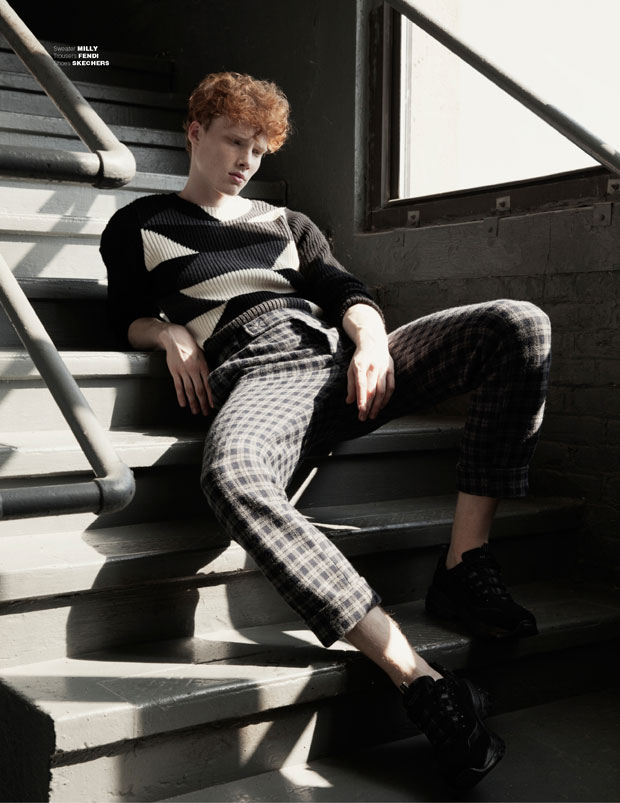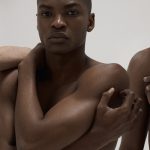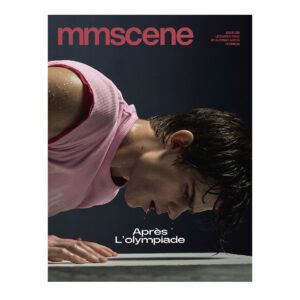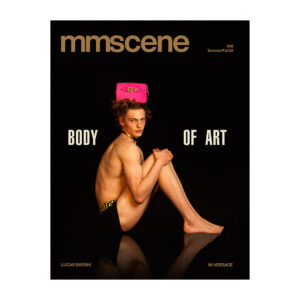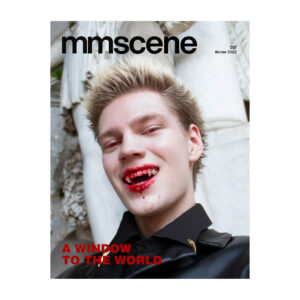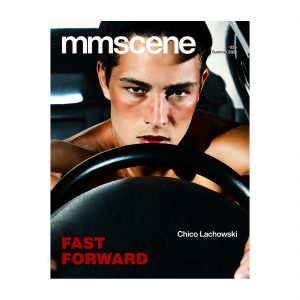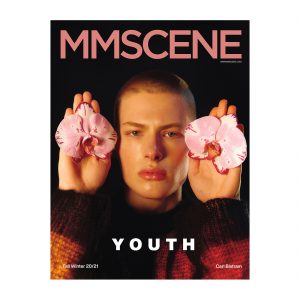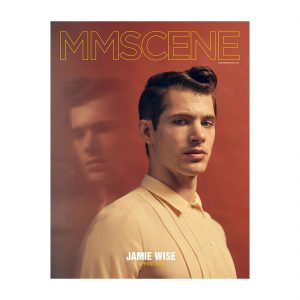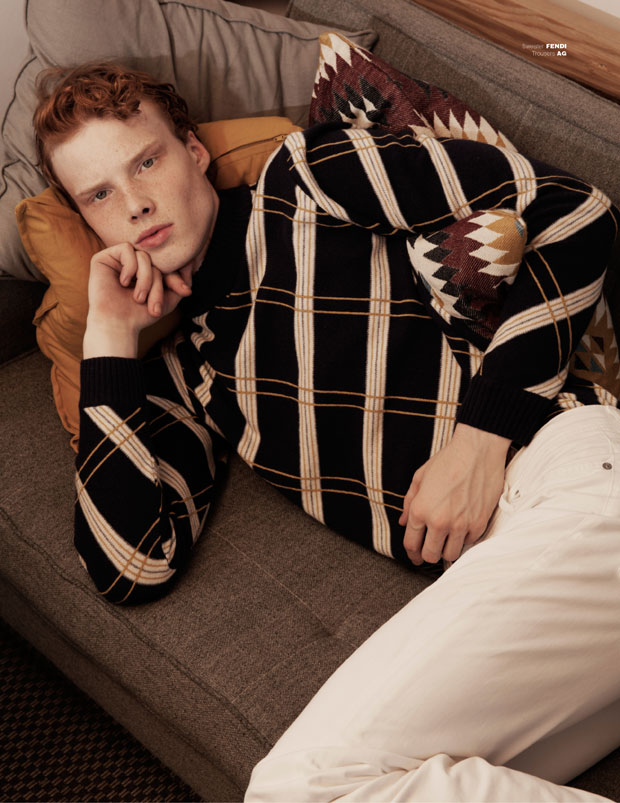
There’s something to be said for looking good, but fashion and clothing are about more than just appearances. The items we choose to wear daily can have a positive or negative impact on our health. Do you know what your style is doing to you?
Read more after the jump: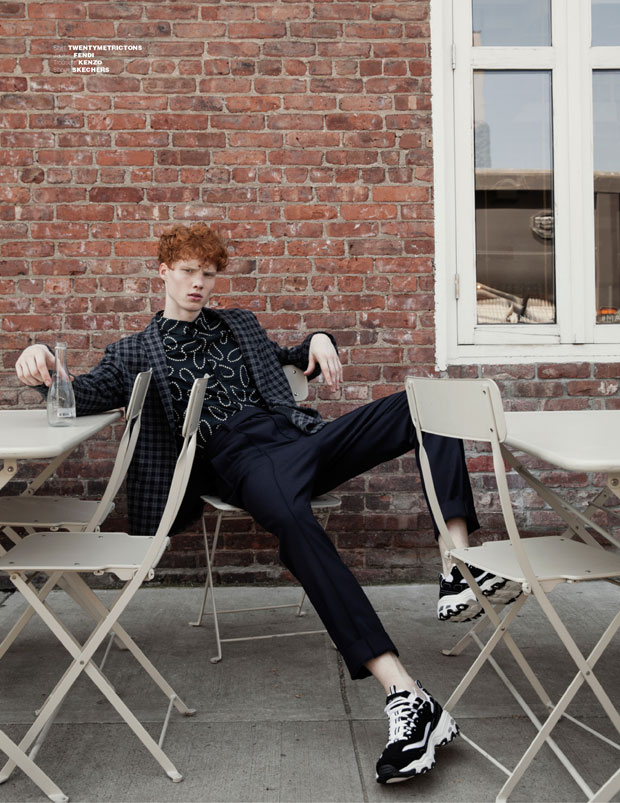
The Impact of Style on Health
For most of us, the connection between what we eat and how we feel is pretty clear. If you eat healthy, you’re far more likely to be healthy. If you eat fast food and junk regularly, don’t be surprised when you feel out of sorts. And the same could be said of what you wear.
Fashion isn’t always practical. Naturally, it’s often more focused on appearance than comfort. But are we finally reaching a point where too much emphasis on aesthetics is going to cost us where it matters most? It’s also worth exploring the opposite side of this equation – i.e., can certain fashion trends and styles actually have a positive impact on health?
The best way to understand this relationship between fashion and health is to look at some specific examples of the positive and negative correlations health professionals have observed.
High Arch Shoes
Shoe selection is always important in fashion, but it’s even more relevant to personal health.
“Wearing heels more than three times a week shortens the muscles in your calves and back and can lead to chronic pain and muscle spasms,” Drugs.com notes. “Toes forced into narrow shoes are a recipe for nerve damage and bunions. Heels also tilt you forward, putting pressure on your spine and increase the risk of sciatica.”
Men and women alike need to be more conscientious about wearing shoes with a flat arch and wide toe areas. Going barefoot around the house is preferred.
Constricting Pants
Tight pants are in. For women, it’s jeggings and yoga pants. For men it’s “skinny jeans.” The problem is that constricting legwear yields a host of health problems. From circulation issues in both genders to yeast infections in women, issues abound. Pants need to provide some room to breathe and circulate.

LLLT Hats
For millions of men (and plenty of women, too), hair loss is a huge deal. And while there are hundreds of products on the market designed to combat balding and rejuvenate hair, most are expensive and ineffective. But have you ever heard of low-level light therapy (LLLT)? It’s a method that’s been scientifically proven to generate thicker and healthier hair.
Kiierr has developed a baseball-style cap that can be worn for 30 minutes every other day to regenerate hair follicles and increase blood flow.
“Until recently,” Kiierr explains, “this incredibly technology was available only through expensive machines and procedures performed by physicians. Now, with Kiierr you can utilize LLLT to grow hair in your own home for a more comfortable, time-efficient and more affordable hair loss treatment.”
Is this what’s on the horizon for the fashion-health industry – more products that actively improve health while they’re being worn? It certainly feels as if things are moving in this direction.
Wearable Tech
The wearable technology trend has really taken off over the last year or two. And for the first time ever, we’re seeing it as a fashion trend. In terms of health benefits, the more people wear devices that track heart rate, movement, and sleep patterns, the more they become aware of how they’re their daily health choices. So the uptick in the adoption rate of wearables is a good thing.
Look Good and Feel Good
While the bulk of this article has focused on the impact of fashion on physical health, there’s also a psychological/emotional health component that can’t be ignored.
Research shows that clothing can change a person’s mood and make them feel more powerful, confident, healthy, focused, happy, and even honest. But one of the most interesting relationships is how certain clothing makes people feel smarter.
In a study published in the Journal of Experimental Social Psychology, researchers gave doctor’s lab coats to subjects (who weren’t doctors) and asked them to perform a number of complex tasks. Those in white lab coats made significantly fewer mistakes.
“The scientists then repeated the experiment but this time gave lab coats to all the participants. However, they told half the people they were doctor’s coats while the other half were told they were paint smocks,” Reader’s Digest explains. “Again, the people in the ‘doctor’s coats’ performed better on the tests, which shows that it’s not just what you wear but also what you think of what you wear that matters.”
From the physical to the mental, what we wear clearly impacts how we feel. There’s a much stronger correlation than most people realize. Sometimes this connection is positive, while other times it holds us back. The key is to emphasize the good trends and find a way to replace the ones that hurt our health.
Images by Sinem Yazici for MMSCENE Magazine

